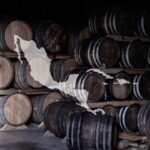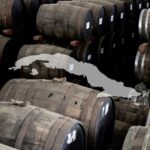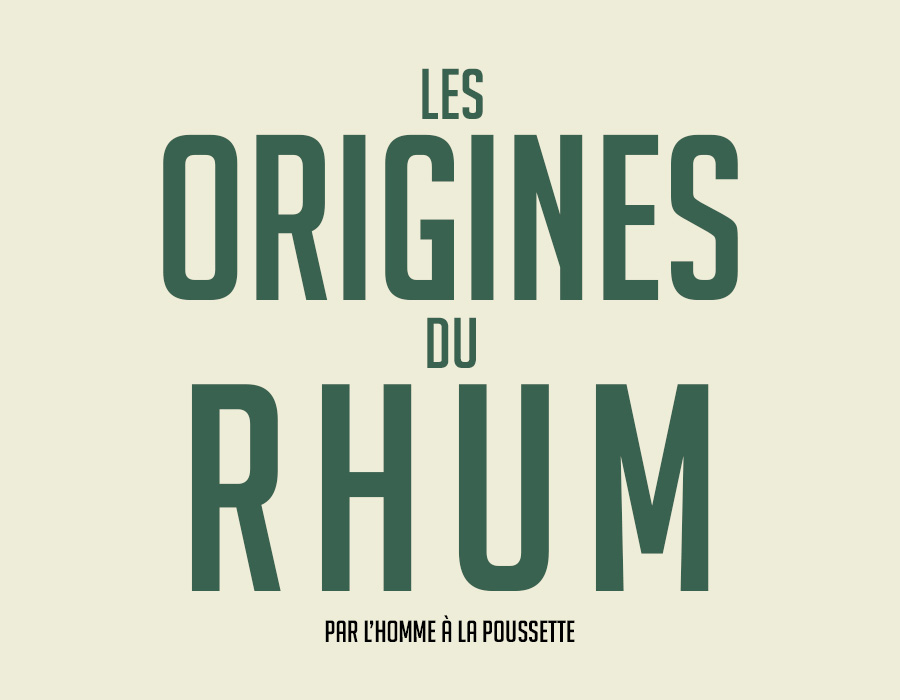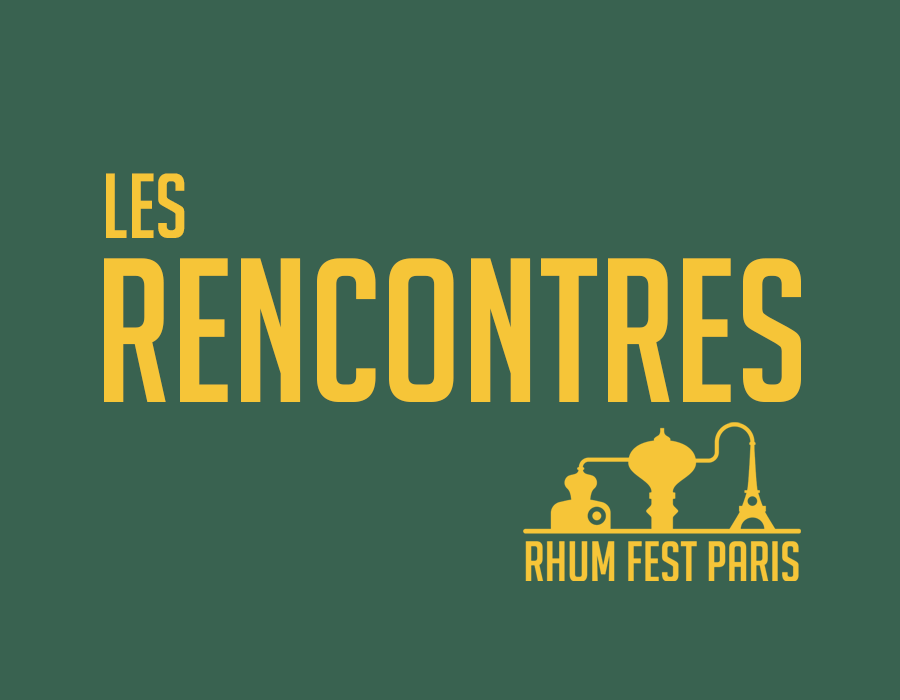English Guiana Rum, get to the bottom of the bottle
Why does a rum from English Guiana develop this aromatic profile? Let’s go from the bottle to the cane to find out.
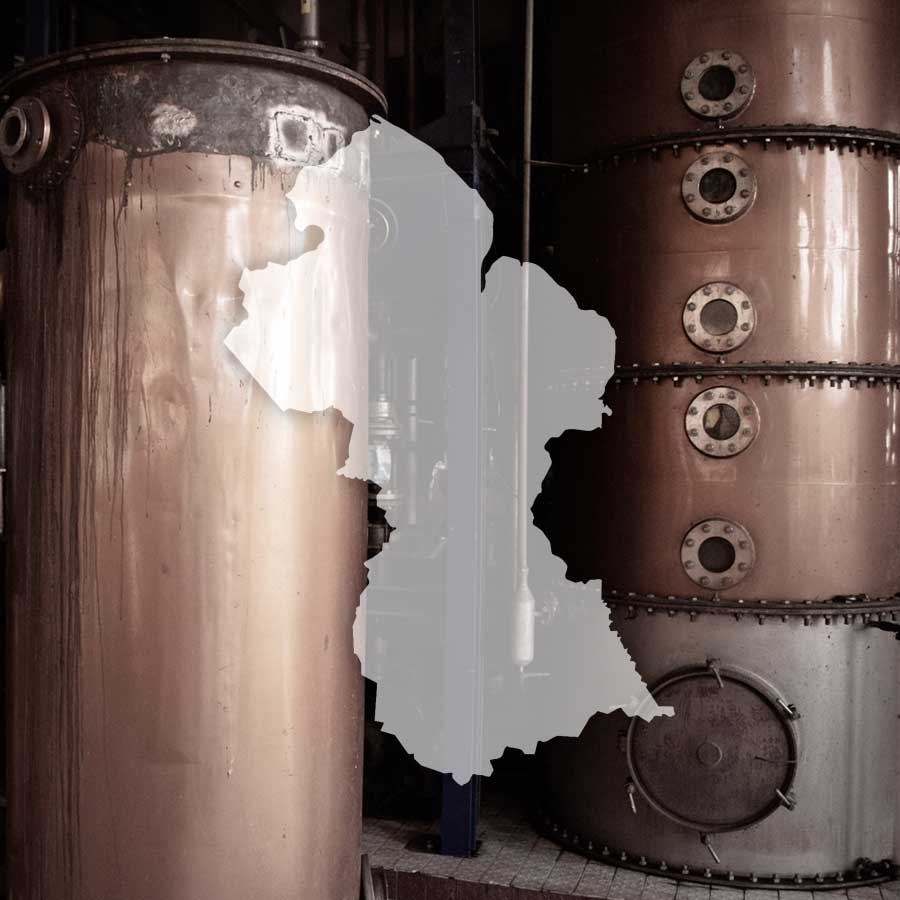
Photo d’illustration © Anne Gisselbrecht
Your favourite shop is full of hidden nooks and crannies. During your visits – which are becoming more and more frequent – you’ve noticed a section of shelf, not necessarily the most prominent one, which houses bottles with a wide variety of designs and mysterious names: Enmore, Uitvlugt, Port Mourant and Diamond.
Your wine merchant, who is about to become your best friend, is never stingy with information, so he starts to explain that behind all these names lies a single origin, English Guiana, or Guyana in the language of Shakespeare.
Where he loses you a little is when he tries to explain the different stills, the marks and the variations in profile between continental and tropical ageing. And he concludes: “Well, it all comes from the Demerara ».
Stunned by the information, you decide to buy two bottles, which, according to the wine merchant, will allow you to rub shoulders with both ends of the Guyana rum spectrum.
You’re really excited at the idea of discovering a new origin, so you don’t waste a second. You arm yourself with two tasting glasses, a glass of water, open your two new bottles and pour a few centilitres (no, not into the glass of water…).
What strikes you immediately is the huge difference between the colours of your two rums; one is pale, almost straw-coloured, while the other is very dark, with a caramel-like hue.
Now, you know from your growing experience that you shouldn’t attach much importance to the colour of a spirit, but all the same, it’s hard not to notice, glasses side by side.
With your curiosity whetted even further, you move on to the tasting.
The difference is noticeable, to say the least.
The lighter of the two is expressive with a vegetal profile, wax, bitter almond, something chemical and a slightly soapy woodiness…
Well, it clearly doesn’t make you go up in arms. The palate evolves in a similar vein, but the texture is pleasant and a little oily.
After your first taste of a rum from Guyana, you’re a little apprehensive about the second. So you pluck up your courage and – for the sake of science – dip your nose in. Absolutely nothing to do with it! This one is much warmer, dominated by caramel, liquorice, a strong woody note, a hint of roast and coconut.
Much more attractive, you continue the experience and take a drop in your mouth. Not without a certain sweetness, you’ll find a lot of the same actors you discovered on the nose, which suits you perfectly.
You’re stunned by this antinomy and you understand better what your wine merchant meant when he spoke of two extremes. But how can you explain such organoleptic differences?
Both are made from molasses, which is very noticeable in the second, with its caramel and liquorice aromas. But while one is vegetal, chemical and soapy, the other is empyreumatic, dark and gourmand.
The main reason is to be found in the fermentation process and, above all, in the still used and its settings, in other words, the famous marks.
Honestly, in the world of rum, there are few things more complicated than the typologies of rums from Guyana. Don’t expect me to explain it all to you, I’m not planning to write a twelve-volume book on the subject. But here are a few points to bear in mind.
First of all, you need to know that in Guyana, rums are produced in the Demerara region, which runs alongside the river of the same name. In other words, these two terms are almost synonymous when it comes to rum.
In 1780, there were more than 300 distilleries in the area. Ah well! Over the years, most of them closed down and/or were absorbed by other distilleries. By the middle of the 20th century, only eight distilleries remained, and today only one still exists: Diamond.
Of course, all the others have disappeared, but some distilling equipment has been repatriated to Diamond, owned by Demerara Distillers Limited (DDL). This means, for example, that Enmore rums are still being produced, even though the distillery of the same name closed in 1994.
The Diamond distillery comprises several types of still, each producing rums with a distinct identity.
Rums bearing the names Versailles or Port Mourant are normally produced from a pot still whose cucurbite (the Cognac analogy with the part of the still where the molasses wine is charged and heated) is made from greenheart wood, an extremely strong and resistant local wood.
Your lightest-coloured rum, with a character that may not have won you over, normally comes from these stills. Of course, you shouldn’t generalise, and you may sometimes come across some really good rums, bearing the names Port Mourant or Versailles, otherwise it would be too easy…
But DDL has at least four other distilling units, including metal columns and a wooden column (Enmore). Each of these stills can be adjusted to different settings, to obtain precise and varied flavour profiles. I’ll leave you to imagine the number of possibilities.
Fortunately, to make things clearer, these organoleptic aspects are classified by mark. Each mark designates a rum that is more or less intense and concentrated in aroma, and has a particular profile.
But it’s still not that simple. Oh, you thought it was complicated already?
The marks, a sort of identity card for rum, are used at DDL, of course, but different marks are used by certain intermediaries to designate the same juices. Yes, we’re not really getting anywhere.
To make things even more confusing (yes, that was still too elementary), what’s written on the bottle isn’t necessarily very helpful in identifying what’s inside. Sometimes only the name of the distillery will be written (Diamond), sometimes the still used, sometimes the mark, sometimes the name of the country (Guyana, or even Demerara) and then, occasionally, a bit of everything on the same label.
And if you say we’ve only scratched the surface of Guyana rums? Yes, it’s a little daunting, I grant you.
You’ll have no choice but to taste a lot of them to discover the immense variety these rums have to offer.
You should know that some of them are extremely delicious, with exotic fruits and dried fruits covered in caramel, sprinkled with dried coconut and warm, comforting wood. And sometimes you’ll wash your mouth out with soap…

